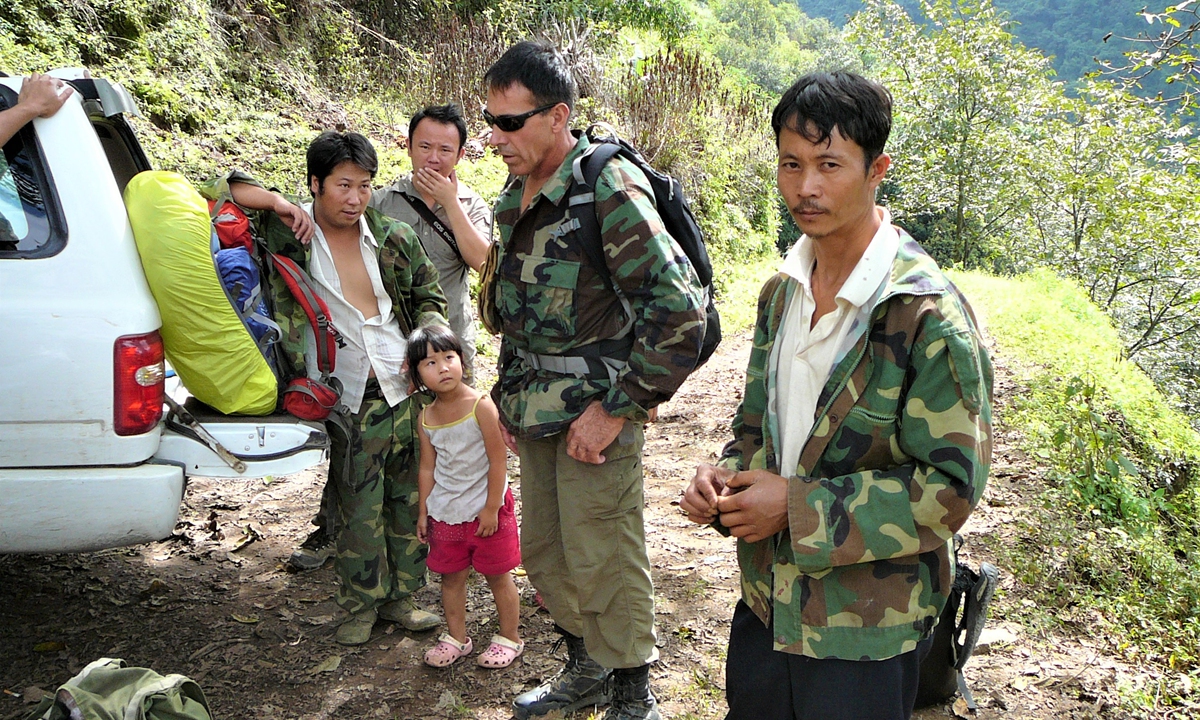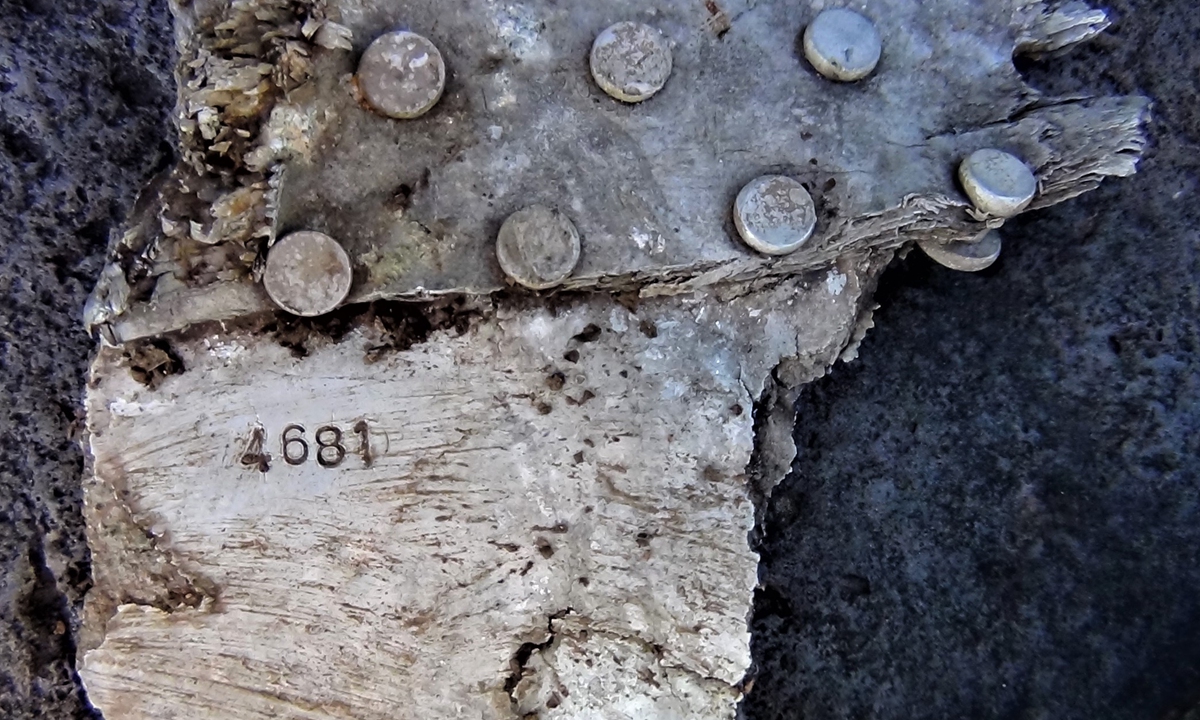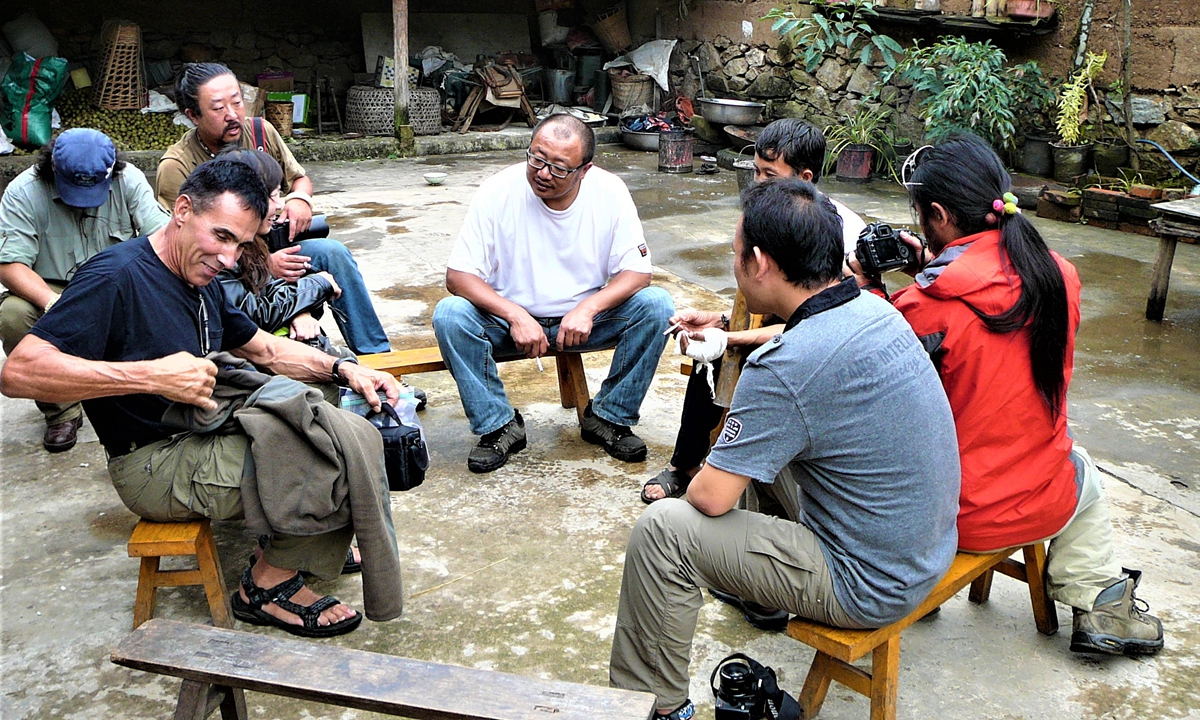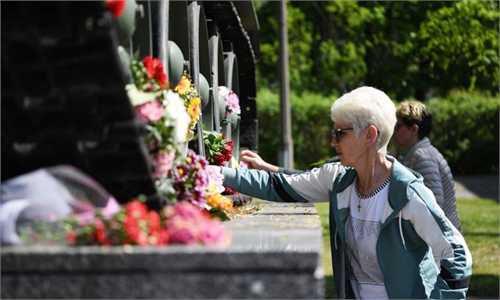US expeditor travels across Chinese border to find missing pilots lost in WWII’s ‘Flying Tigers’ mission

US expeditor Clayton Kuhles is talking to local villagers during a mission to search the crash site of CNAC #60, a plane crached inside Southwest China's Yunann Province in 1942 during 'Flying Tigers' mission in World War II. Photo: Courtesy of MIA Recoveries, Inc.
In 2017, the news of a sacrificed World War II veteran's remains wheeled back to the US with full military honors hit worldwide headlines. The pilot, named Robert Eugene Oxford, with other seven crew members on the plane, were transporting important loads of cargo including aviation gasoline, ammunition and essential parts and supplies needed to support China to fight against Japan during 1940s.
Oxford's remains were found by a US expeditor Clayton Kuhles, founder of the charity MIA Recoveries, who has been working for the past 20 years in finding crash sites along a famous route used by US militaries, known asthe "Hump". It was the dangerous but the only useful route with a harsh environment which helped transport supplies to Southwest China's Yunnan Province from neighboring countries during the Japanese occupation of China, part of the battlefield of WWII.
In constantly snow-speckled ravines and steep peaks, Kuhles has helped recognize 279 personnel across 27 crash sites.
"If I find remains on the ground surface, I will always bring them out with me. I try to never leave remains at a crash site as long as I can recover them with the resources I have available to me," Kuhles told the Global Times in a recent interview.
Finding the crash site
On May 15, the last group of missing personnel who went in Cangshan, a beautiful but rugged mountainous area in Southwest China's border province Yunnan, were found by rescuers. The destination of the team, as a group of 13, was also a crash site of a co-pilot aboard C-47DL #41-18556, aka CNAC #60.

Pieces are found by US expeditor Clayton Kuhles during his mission to search the crash site of CNAC #60, a plane crached inside Southwest China's Yunann Province in 1942 during 'Flying Tigers' mission in World War II. Photo: Courtesy of MIA Recoveries, Inc.
Before the group's mission, the initiator of the project "Bring veterans home" Sun Chunlong contacted Kuhles, expeditor who has already found the crash site of CNAC #60 on September 29, 2011, whereas his mission of bringing remains back to the US was forcibly aborted due to heavy rain in the mountain area.
Stirring aside the lush bush and walking through gravel path, the pieces of crash plane of CNAC #60 would show up in an open space inside the mountain. The large part of the plane body stuck into the hard ground over 800 meters under because of the huge impact, where the plane remains were further covered under fallen rubbles during an earthquake in 1950.
The endless search and camping in the strange mountainous areas can never be completed by Kuhles himself, even him with decades of climbing and expedition experiences. A local guide is indispensable.
Before each mission, Kuhles would do research to determine the general search area where the missing aircraft was believed to be found. Then he would interview local people. "These interviews are crucial for developing actionable information. I always meet local people who know about the crash site and who will guide me to it," Kuhles said.
In the mission of CNAC #60 search, Kuhles spoke to villagers in Cangshan who happened to witnessed the crash of a plane at the end of 1942, where one of them described the situation when the plane was "circling and falling at a very steep angle," while along the plane "some objects" kept falling down.
Another villager told the expeditor that he had once saw several human bodies surrounded by crows with some metal pieces and tin scattered around once while he was collecting herbs in the deep mountains.
The mission of CNAC #60 was firstly brought up by Robert L. Willett. He was the cousin of the CNAC #60 co-pilot James Browne.
In the description the cousin sent to Kuhles, James Browne's "decision to fly for CNAC was typical of his spirit of adventure but his stay in China was less than a month before his final flight crashed on the unforgiving 'Hump.' He was only 21 years old when he was killed."
The 'Hump'
Right in the harsh fire in China's fight against Japanese invasion in 1940s, the only road connecting China and Myanmar was cut off by Japan. In order to continue the international aid to China, the US and China jointly started an air route between China and India, allocating 100 fighter jets in aid, and recruiting hundreds of American young volunteers to Yunnan's Kunming, where the 21-year-old James was among them.

US expeditor Clayton Kuhles with local villagers during a mission to search the crash site of CNAC #60, a plane crached inside Southwest China's Yunann Province in 1942 during 'Flying Tigers' mission in World War II. Photo: Courtesy of MIA Recoveries, Inc.
This China-India route tracked over the Himalayas and the dense jungles of Myanmar. Yet at the time, the maximum climbing height of the main transport aircraft from the US military could not reach the top of the mountain, so they chose to pass through a gap in the foothills of the southern Himalayas, named the "Hump."
Those planes, some with the tiger symbols on the wings and shark logos on their noses, are called the "Flying Tigers" by the local Chinese before 1941. After that, The United States Army Air Forces (USAAF) directly assisted the Chinese Air Force in the battle.
However, the weather on this route is extremely harsh and changeable, with alternative strong air currents and low air pressure, a large number of aircrafts were blown miles off the route and run out of fuel before they could find a proper landing site.
The "Hump" was one of the hardest and highest-priced routes in the world's war air transportation history. Between 1942 and 1945, US Department of Defense's statistics shows that over 800,000 tons of materials were transported wherever over 500 planes and 1,200 personnel were missing.
There are still a number of planes and pilots who are missing. They are marked as "MIA," missing in action.
Over the past years of retrieving the wreckage, Kuhles said that funding is and always was the biggest challenge. He said that this project has never received any funding support from the US government or from any of the veteran organizations. "Some funding comes from the family members who have asked me to find their loved ones, but mostly all the funding comes from me."
The mission is still waiting to go once pandemic restrictions are lifted, several of which are inside Yunnan borders. In December 2021, Kuhles went to the borders between India and Myanmar to find a C-46A #42-96721, where 13 people were carried on the plane. And he will continue the mission to Cangshan to bring back remains from CNAC #60, once the funding is ready.
"The families of these missing men and myself would be so grateful to the Chinese for any help in finding these crash sites," Kuhles said.


